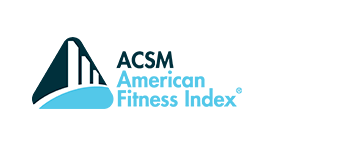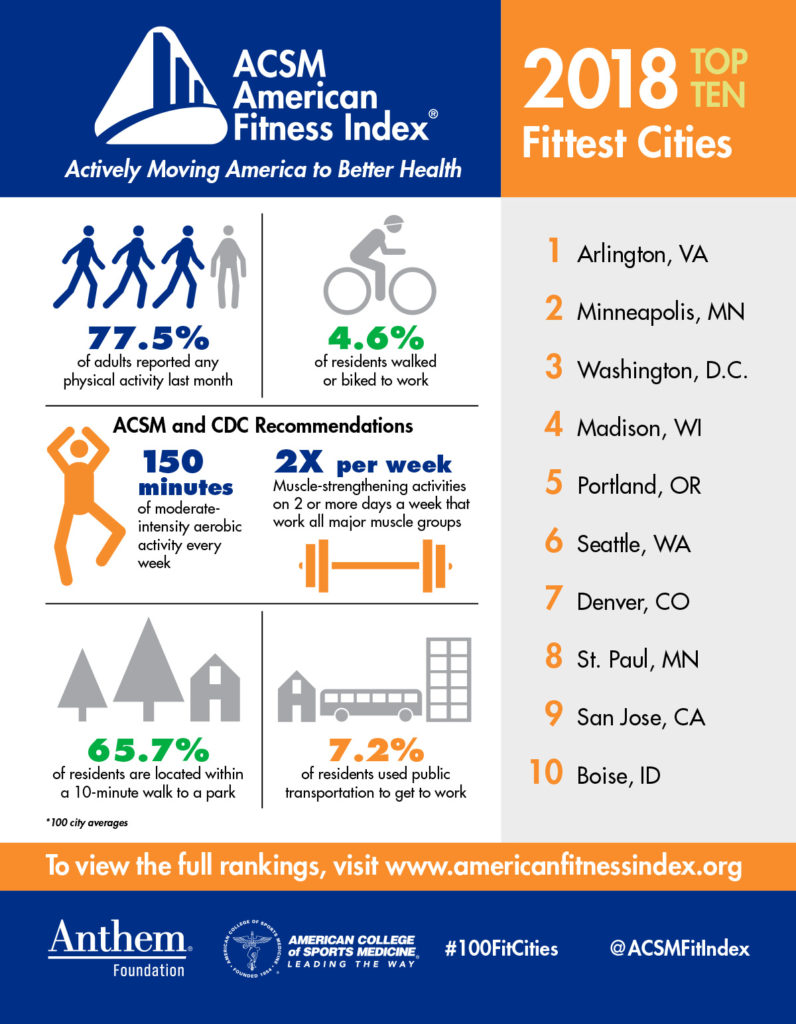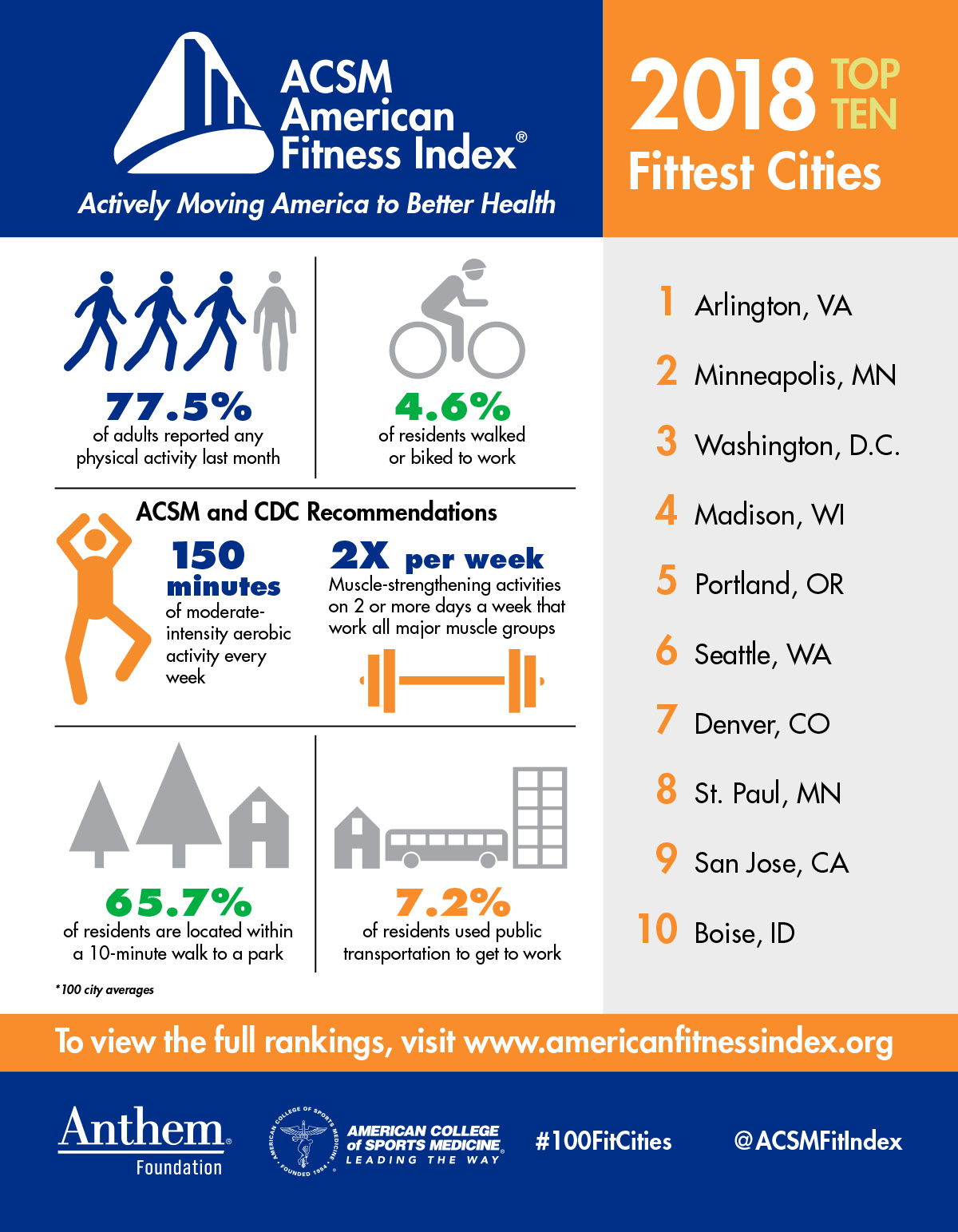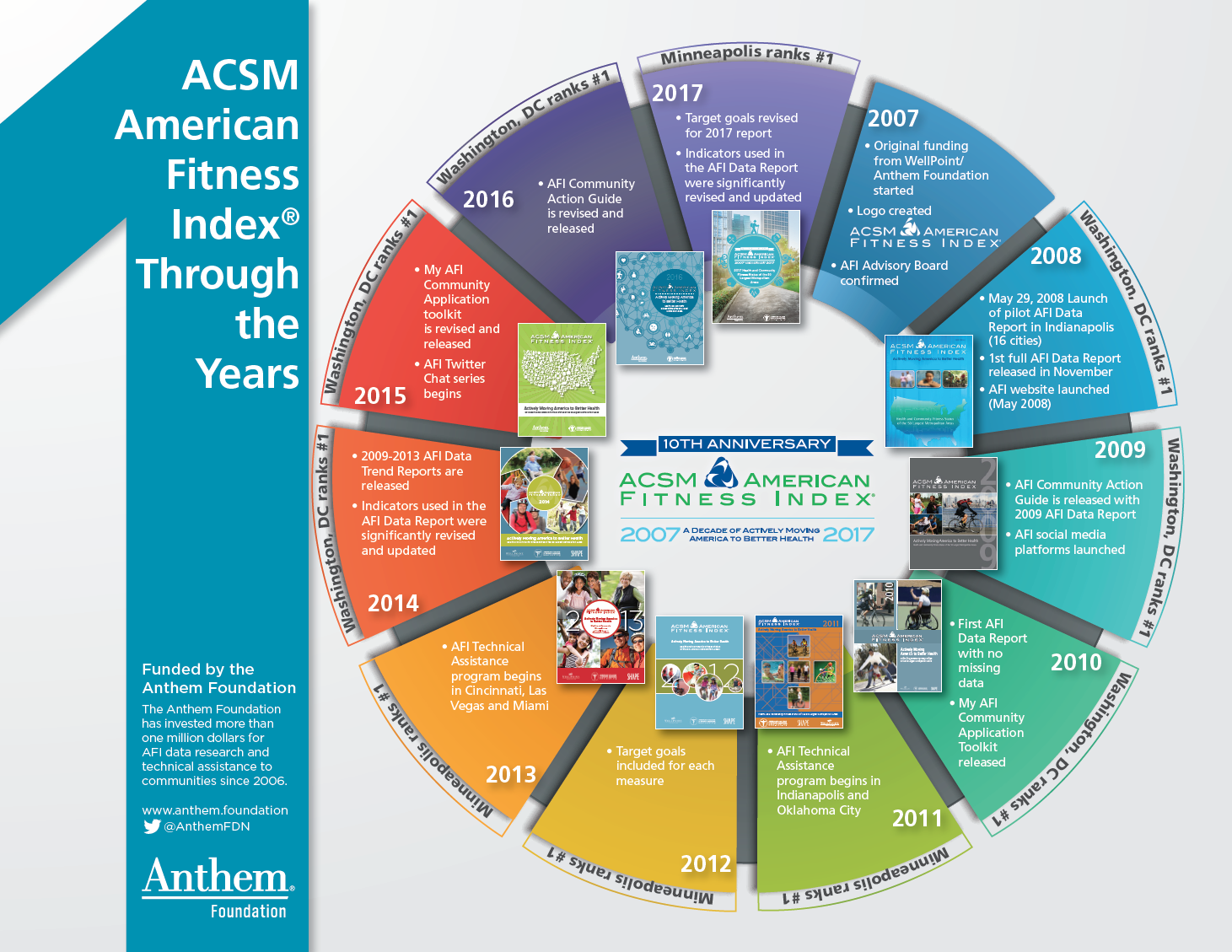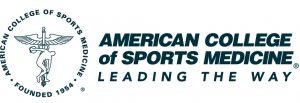
In many ways, Fall is a “new year” for American families. For those whose annual schedule revolves around the academic calendar, fall is a time for new beginnings and fresh starts. In the spirit of back-to-school season, ACSM’s American Fitness Index hosted a Twitter chat with some of our subject matter expert members who offered advice to families looking to kick-off the school year with healthier habits.
Plan to eat for success
First, Tanya Halliday, Ph.D., R.D. chimed in on tips for eating seasonally, packing healthy lunches and feeding families under the most serious of time-crunches.
“Apples and pumpkin get a lot of action in the fall. Rightfully so—they are delicious, nutritious and versatile produce. But don’t overlook other fall produce like zucchini, eggplant, cantaloupe, pears and others that are in season in many parts of the U.S.”
Halliday also offered a Seasonal Produce Guide for knowing which fruits and vegetables are in season throughout the year. It’s important to know what produce is the freshest when visiting your local farmers’ market or grocery store!
As far as packing healthy, well-rounded lunches for school and work? Planning ahead is key!
“Plan lunches for the week with your children,” Halliday suggests. “If they are involved in prepping and packing they are more likely to eat it!” Planning ahead also allows you to accurately pack a balanced meal, as opposed to throwing things in a bag during a rushed morning only to find out later that you’ve completely missed key nutrients.
Think about pre-portioning foods, like an individual bag of carrot sticks with a small container of hummus, to make mornings very grab-and-go. It’s also worth-while to invest in insulated lunch bags and ice packs that will keep food at a safe temperature and reduce the risk of food poisoning.
With full family schedules, mornings can be rushed and dinners are often on-the-go or scheduled at home with little time to prepare.
“Planning, prepping, bulk cooking and convenience items can help during the rushed days,” Halliday shared. “I am all about bulk cooking and taking advantage of the freezer for storage.”
Additionally, there are many make-ahead breakfast options like overnight oats and, when dinner is rushed, fast options like frozen vegetables in a steam bag can get meal prep done in a flash!
Encouraging active play
We all know that it’s easy to come home from work or school and lay down on the couch for some TV or internet surfing. Avery Faigenbaum, Ed.D., FACSM, shared his thoughts on how to keep moving and make fitness a family affair.
“Walk the dog, ride bikes, play ball or even bring out the hula hoops!” he said, emphasizing the importance of the whole family having fun while being active together. “Each week try to plan at least one activity together [as a family]—outdoor play, a pick-up game or a hike at a local park.”
But what about when the weather turns too cold or rainy to be outside? “Move the furniture aside and have dance parties,” Faigenbaum suggested. “Let each family member pick a song and get dancing.” Balloon volleyball and indoor hopscotch are other easy ways to get moving, even if you’re in a confined indoor space.
Our favorite suggestion? “Create an indoor zoo full of animal movements!” Faigenbaum added. “Think crocodile planks, bunny hops, frog squats and mountain goat climbers.” To learn more about Faigenbaum’s approach to keeping kids active and healthy, check out his recent article is ACSM’s Health & Fitness Journal.
These are all great ideas, but how do you know if your family is getting enough physical activity to be healthy? “Kids need to accumulate at least 60 minutes of physical activity every day,” Faigenbaum says. “And it does not need to be 60 consecutive minutes.” For adults, the American College of Sports Medicine recommends at least 150 minutes of moderate intensity exercise per week, done in at least 10-minute intervals. It is also recommended to complete resistance training of each major muscle group 2-3 times per week.
The key takeaway for healthy active families is fun. As long as everyone is enjoying the activity, they will keep moving!
Seeking out community resources
Many communities across America have facilities and other resources to help your family stay active year-round. Dr. Walt Thompson, Ph.D., FACSM and 61st President of the American College of Sports Medicine, reminded families that city parks and recreation centers are great options if your outdoor space is limited or the weather restricts your activities. Your local Parks & Recreation Department should have a full list of available facilities on their website.
Do you think that your local community could improve its offering of resources for health and wellness? Download the American Fitness Index®’s Community Action Guide to learn how you can make a difference in the health of your own community!
